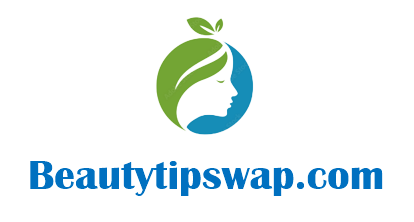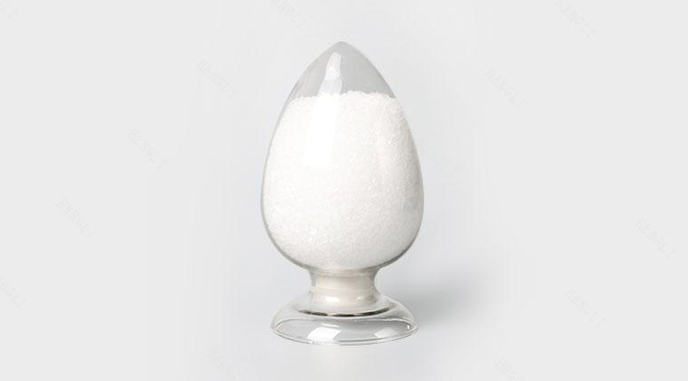How do you produce content?

The reality of B2B marketing is that content needs to come, in good measure, from the thought leaders. Unfortunately, they don’t always enjoy the process of disseminating their expertise. Ask an engineer to write a white paper, and he or she will be happy to do it—but you’ll be lucky to see it within a few months.
The best way to produce content for B2B marketing is to make it very easy for the technical experts to contribute—which means not forcing them to produce content all alone.
A good approach is to choose a topic and interview a technical expert for thirty to sixty minutes, capturing as much knowledge as possible, and then prepare a first draft of the piece. It won’t be perfect, but it will be something the expert can respond to. Book more time with him or her and get verbal feedback. Then do another draft and work this way, on a timeline, until completion.
Another approach is to hire a third party to develop the content. The pressure of having someone else involved can be a good motivator to keep the technical experts moving.
Sales Support Collateral
Every B2B company needs basic collateral that supports the sales team when presenting to potential customers. However, the nature of those materials has changed over the last decade. The extensive, glossy brochures of the past are no longer the norm, and it’s more likely that the sales team will need digital versions of their materials to send prospects before and after sales meetings.
One of the most common sales support documents is a professionally prepared overview of the company with information on its history, management team, expertise, and solution set (products, services, or combination).
Technical specification sheets are still common in engineered solutions, although they don’t need to be pre-printed. More companies are using digital printing to produce materials as needed rather than printing thousands of copies through a traditional printing process. Formatted correctly, spec sheets are easy to make accessible on your website, which makes it simple and fast for your sales team, agents, and prospects to obtain them.
Other sales support collateral options are case studies and white papers. And lastly, don’t forget business cards. Some argue they’re on the decline with more people exchanging contact information electronically. That’s true in some industries, but the majority of B2B companies still operate in the tangible world. Focus on high quality when purchasing business cards
It’s easy 100 Lisa Shepherd to get inexpensive ones, so lots of people do. But there is a difference between high-quality business cards and the overused, standard, stock ones. It’s a small thing that can make a big difference at the first impression stage.





